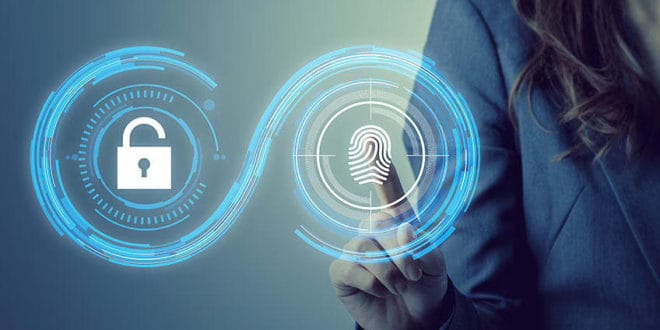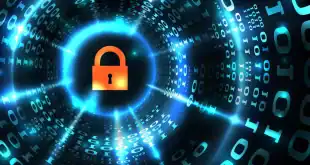Authentication may only be part of cybersecurity, but it’s the most important. Different Authentication Methods are necessary for checking a user’s claimed information to make sure they are who they say they are.
Authentication is not to be confused with the preceding stage, authorization; instead, it is the only way of verifying digital identification, which is necessary for determining whether or not a user possesses the privileges required to access a resource or carry out a specific action.
Passwords and fingerprint scanners are only two examples of the various authentication methods used to verify a user’s identity before granting access. Doing so provides additional defense against potential threats like data breaches. However, it’s common for many forms of authentication to work together to make a system impregnable to any number of attacks.
Using the innovative Deskree no-code back-end platform that provides advanced authentication methods will significantly increase the security of your application.
Various authentication methods
Databases, networks, and other infrastructure may be protected from unauthorized access with the help of authentication. These authentication methods use factors, a subset of credentials, to verify a user’s identity.
Some of these techniques are listed below:
Single-Criteria Authentication
Despite its widespread use, Single-Factor Authentication (which only requires one factor to acquire full system access) is the least certain kind of authentication. A basic code like a PIN, password, or username is required.
Single-Factor authenticated systems are user-friendly yet vulnerable to phishing, critical recording, and guessing attacks. Due to the lack of a second layer of verification, this method is fragile.
A Two-Factor Authentication Process (2FA)
Two-factor authentication improves security by providing an extra layer of verification. It’s an additional safeguard that verifies the identity of the person trying to log in to make the system more secure.
Users first input their initial user credentials (such as a username and password) and then a secondary identifier (such as a one-time password).
Sign-In Once (SSO)
Using SSO, users need to sign into one service to obtain entry to many others. Users will like this strategy since it eliminates the need to remember numerous passwords and simplifies the overall operative session experience.
To do this, companies must establish a trusted central domain (preferably an IAM system) and select SSO between all their resources. Single sign-off and domain-monitored user authentication guarantee that when authorized users complete their session, they are correctly logged out of all associated services.
Multifactor Authentication method (MFA)
High assurance may be achieved by using multifactor authentication, which employs many factors external to the system to verify the user’s identity. Similar to two-factor authentication (2FA), multifactor authentication (MFA) uses a combination of factors to verify a user’s identity, such as biometric data, device-based validation, additional passcodes, and even location or behavior patterns information (such as a button press pattern or writing speed).
Whereas 2FA always uses two factors, MFA can use two or three factors, and they might change from session to session, making it more difficult for invalid users to access.
Authentication methods evolution
Technologies used for authentication are constantly evolving. Companies need to stop focusing on passwords and instead view authentication as a way to serve their customers better.
Passwords of whatever length and complexity are becoming obsolete thanks to authentication mechanisms such as biometrics. Passwords will no longer be vulnerable to attack thanks to improved authentication techniques and technology, protecting sensitive information from theft.
 Cyber Security Magazine
Cyber Security Magazine



![How To Make a Website Fast and Safe [Guide]](https://cybersecuritymag.com/wp-content/uploads/2021/06/How-To-Make-a-Website-Fast-and-Safe-Guide-310x165.jpg)

